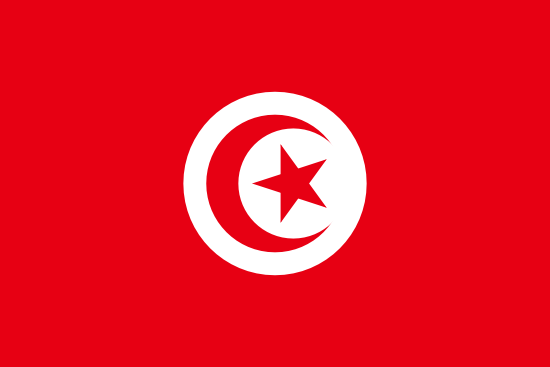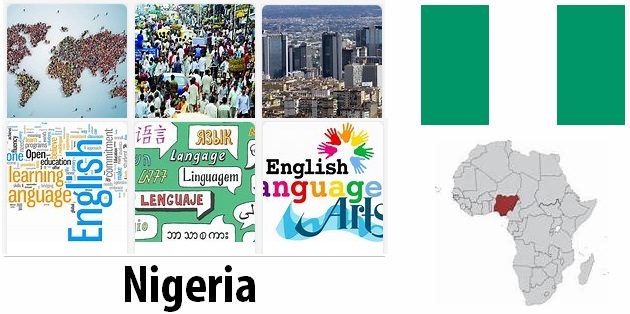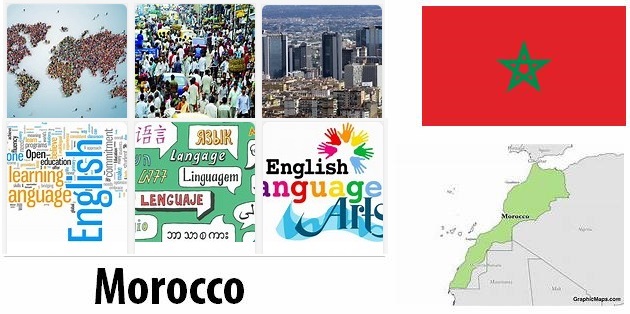Tunisia Overview
Tunisia is located in North Africa, on the south coast of the Mediterranean. The country borders Algeria and Libya. At the beginning of the written history, the population of Tunisia consisted of various Berber tribes. Around the 1000s BC. arrived and settled Phoenicians on the coast of Tunisia. The city of Carthage was founded in the eighth century BC. of settlers from Tire, in present-day Lebanon.
| Capital: | Tunis |
| Biggest city: | Tunis |
| State: | republic |
| Language: | Arabic, French |
| Religion: | Islam |
| Surface: | 163 610 km² |
| Population: | 10.9 million (2013) |
| Population density: | 64 residents per km² |
| Life expectancy: | 76 years |
| Illiteracy: | 26% |
| Currency: | Tunisian dinar (TND) 1 dinar = SEK 3.33 |
| GDP per capita: | $ 8,600 (2010) |
| Time difference: | +1 hour |
| Electricity: | 220 V AC, 50Hz |
| National Day: | July 25 |
| Country area code: | 216 |
| 2-Letter country abbreviation: | TN (See more abbreviations on Abbreviationfinder) |
| Business: | service sector 62%, agriculture 22%, industry 16% |
| Climate: | temperate in the north with mild, rainy winters and hot, dry summers; desert in the south |

According to legend, recounted in the Roman national epic Aeneid, the city was founded by Queen Dido. The residents of Carthage brought with them their culture and religion from the Phoenicians and Canaanites.
During the years 1942-1943, Tunisia was the arena for one of the Allied forces’ (British and American) first major operations against the Nazi-led Axis powers during World War II. The bulk of the British army withdrew into Tunisia from the south. The United States and other allies invaded the country from the west. The invasion resulted, after heavy fighting, in one of the Allies’ greatest victories during the war.
After being colonized by France for almost a hundred years, Tunisia became completely independent in 1956. The following year, the monarchy was abolished and Habib Bourguiba became the first president of independent Tunisia. He was president for 30 years until he was deposed in 1987. Compared to other Arab countries, Tunisia has pursued a US-friendly and liberal policy.
Tunisia’s economy is multifaceted, with the main areas being agriculture, mining, energy, tourism and manufacturing. The government has previously had great control over the economy, but over the past decade, privatization has increased, tax rules have been simplified and public debt is being reduced. Since 2002, growth has been low, mainly due to a longer drought and reduced tourism.
WORLD HERITAGE
The following objects in Tunisia are inscribed on the UNESCO World Heritage List.
The year in which the item was added to the list is indicated in parentheses.
- El-Djem Amphitheater (1979)
- Ruins of Carthage (1979)
- Medinan and Tunis (1979)
- Ichkeul National Park (1980)
- The ruined city of Kerkuan and its cemetery (1985)
- Cairo City (1988)
- Medinan and Sousse (1988)
- The ruins of the city of Dougga (1997)
ELECTRICAL OUTLET
Electricity and electrical outlets in Tunisia
Voltage: 230 V
Frequency: 50 Hz
Type of plug: C, E
Need an adapter: No, you do not need an adapter.
CLIMATE AND WEATHER
Weather in Tunis
| Climate | Jan | Feb | Mar | Apr | May | Jun | Christmas | Aug | Sep | Oct | Nov | Dec |
| Average temperature °C | 12 | 13 | 14 | 16 | 19 | 23 | 27 | 27 | 25 | 21 | 16 | 13 |
| Day °C | 16 | 17 | 18 | 21 | 25 | 29 | 33 | 33 | 30 | 26 | 20 | 17 |
| Night °C | 7 | 8 | 9 | 10 | 13 | 17 | 20 | 21 | 19 | 16 | 11 | 8 |
| Rain (mm) | 80 | 60 | 40 | 40 | 30 | 10 | 10 | 10 | 30 | 60 | 70 | 70 |
| Rainy days | 13 | 11 | 9 | 10 | 7 | 5 | 1 | 3 | 9 | 9 | 12 | 15 |
| Soltim / day | 7 | 7 | 9 | 10 | 12 | 13 | 13 | 12 | 11 | 9 | 8 | 7 |

Kairouan
Kairouan is a city in Tunisia, about 160 km south of Tunis, and has about 150,000 residents (2003). Kairouan was founded in 670 during the great Arab conquests, and was the capital of Tunisia during the Agglabites. During the Fatimids, Mahdia became the capital. During the Ottoman Empire, Tunis became the capital, which it still is.
Kairouan is a holy city for many Muslims and many Sunni Muslims consider it to be the fourth holy city of Islam after Mecca, Medina and Jerusalem and the holiest city in the Maghreb. There are many mosques in Kairouan. For a long time, non-Muslims were not allowed to enter the city, but this has changed in recent years.
The marketplace in the walled medina of Kairouan is famous. The market sells carpets, vases and leather goods, among other things. As in most major Tunisian cities, a large part of the market’s income is due to tourism. In the movie The Hunt for the Lost Treasure, the street scenes in “Cairo” were filmed in Kairouan.
Cairo was inscribed on the UNESCO World Heritage List in 1988.
Sfax
Sfax is Tunisia’s second largest city, with 265,131 residents (2004). The city is located in the eastern part of the country, on the northern coast of the Gulf of Gabes, and is the administrative capital of the Sfax governorate.
Sfax serves as the central town for the southern and central parts of the country as the capital Tunis is located on the northernmost coast. In Sfax there is a well-preserved city wall from the 17th century.
Sousse
Sousse is a town located on the east coast of Tunisia, and has 173,047 residents (2004). The city is a trade and tourism center. Here is the olive oil, cotton and car industry. Sousse was founded by the Phoenicians as Hadrumetum. During Roman times, the city was a major export port.
Around the medina, where trade takes place in the traditional way, winds the city wall that was built in the 12th century. Medina was inscribed on the UNESCO World Heritage List in 1988.
Tunis
According to Countryaah, Tunis is the capital of Tunisia and is located near the coast in the north of the country. The city has 1.2 million residents (2004). Half of the country’s industry is located in Tunis, including the production of chemicals and textiles. From the port city of La Goulette, which is connected to Tunis via a canal, transports go out into the Mediterranean and the world. The Medina in Tunis was inscribed on the UNESCO World Heritage List in 1979. Carthage, with remnants of the ancient city, is now a suburb of Tunis.


